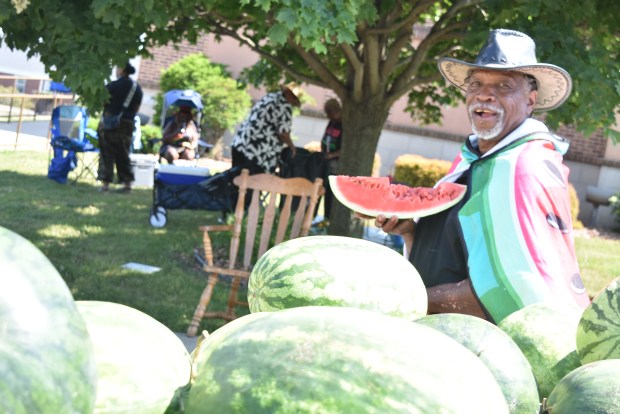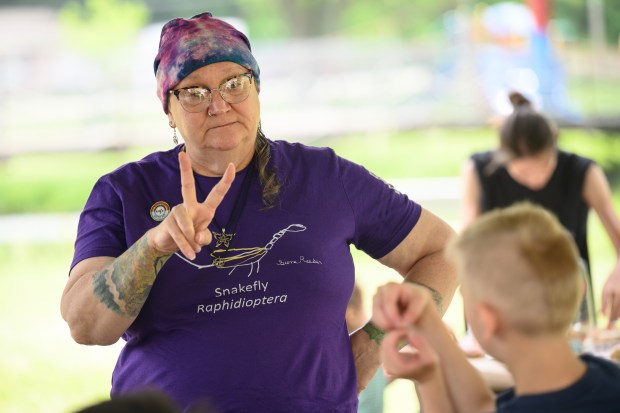Thousands of years ago, glaciers carved out lakes across what would become Lake County. Some of those were slowly clogged with plants, growing increasingly acidic until they turned into a unique habitat — bogs.
On Nov. 9, from 10 a.m. to 1 p.m., volunteers will help take care of Volo Bog, one of Lake County’s few remaining bogs, and remove invasive species threatening the unique wildlife of the site.
The work day, open to the public, is the kickoff of a fall season of stewardship by the Volo Bog Restoration Project, a volunteer community group working with the Illinois Department of Natural Resources and conservation group Friends of Illinois Nature Preserves (FINP) to protect Volo Bog, according to a news release.
Protecting Volo Bog
Jonathan Sabath, a FINP field representative, said Lake County alone used to have about 20 bogs, although many have been developed or turned into farmland. As one of only a handful left in the county, Volo is especially valuable, he said.
“It’s one that has seen declines in species of concern; these rare, beautiful, important plants that only exist in ecosystems like this bog,” Sabath said.
The unique environment of bogs is home to a variety of species that can’t live anywhere else, such as the “bog buckbean,” a type of carnivorous pitcher plant, and tamarack trees, which have needles that turn golden and drop in the winter, the release said.
“Protecting this place has an outsized impact in keeping unique and rare species around that would otherwise be part of this attrition of biodiversity in the United States,” Sabath said.
The base of Volo is formed by sphagnum moss floating on top of a lake originally formed by glacial ice. Plants grow out of this floating mat, and when they die fall to form a layer of partially-decayed matter called peat. This makes bogs a stable store of carbon, since the plants don’t release their greenhouse gasses into the atmosphere, Sabath said.
While Volo Bog has been defended against a future as a parking lot, he said it still faces other threats. Protecting nature is about, “more than just putting up a fence.”
“Lake County is doing a great job, but I think when Illinois developed our forest preserves and nature preserve systems, the people … didn’t realize the threats that things like invasive species and habitat fragmentation pose to biodiversity,” he said.
Invasive species like reed canary grass, purple loosestrife and glossy buckthorn steal habitat from the bog’s native species, threatening the bog’s endangered species. Sabath said it was that threat that was the catalyst for the Volo Bog Restoration Project.
Kickoff event
The event offers space for anyone from the public, regardless of prior experience or knowledge, to participate in helping restore Volo Bog, Sabath said. Beyond learning about the ecology and removing invasive species, the event will include food and maybe even a “carefully monitored” brush fire.
“We hear all the time about things like the climate crisis, environmental catastrophe, the destruction of nature,” he said. “What I love about restoration work in general is it’s a really concrete way to say, ‘I’m going to do something today that makes a difference.’”
Volunteer Matthew Engfer encouraged anyone interested to join the workday. It is an opportunity to learn about the history of the area, and protect the environment, while connecting with the local community, he said.
“What’s really important about this natural work is you can learn about the places, get the human perspectives on it while experiencing the scientific and ecologic perspectives together,” he said.
Sabath asked those interested in volunteering to RSVP so they can better plan for the day at volobogrestorationproject@gmail.com. Volunteers will meet in the Volo Bog parking lot.




